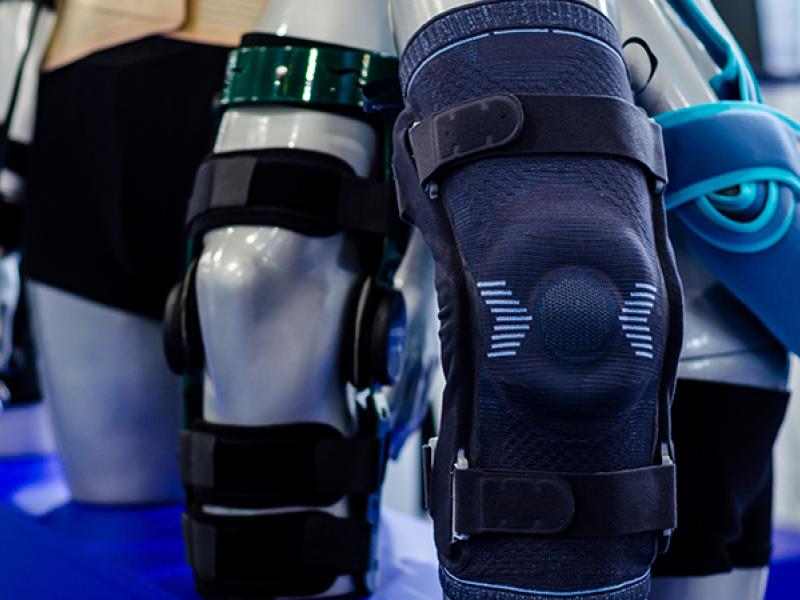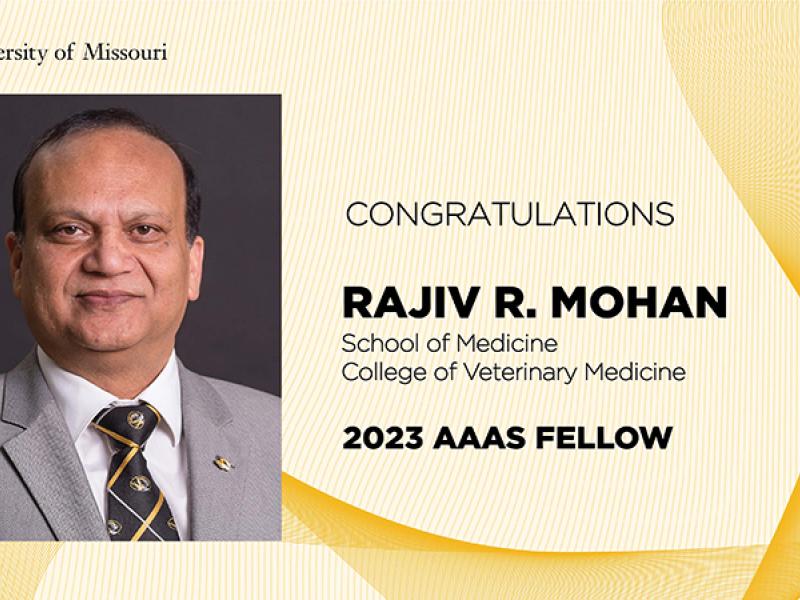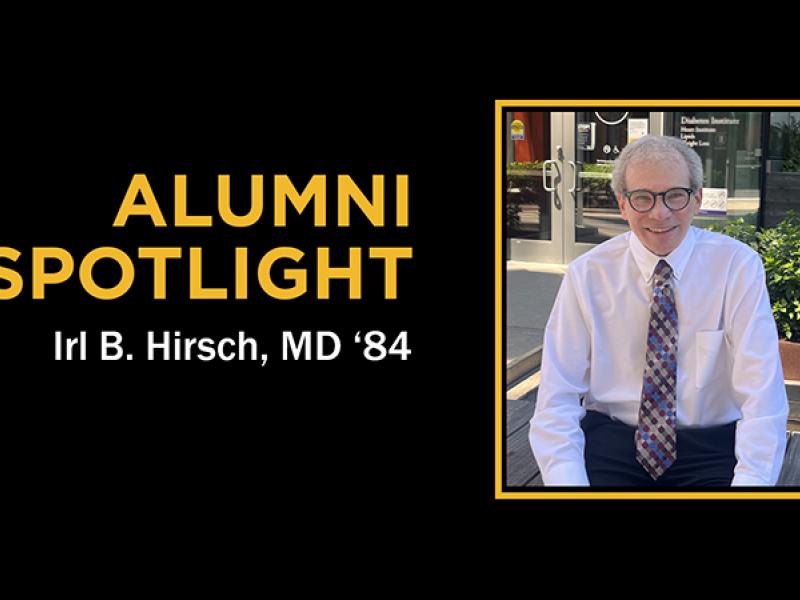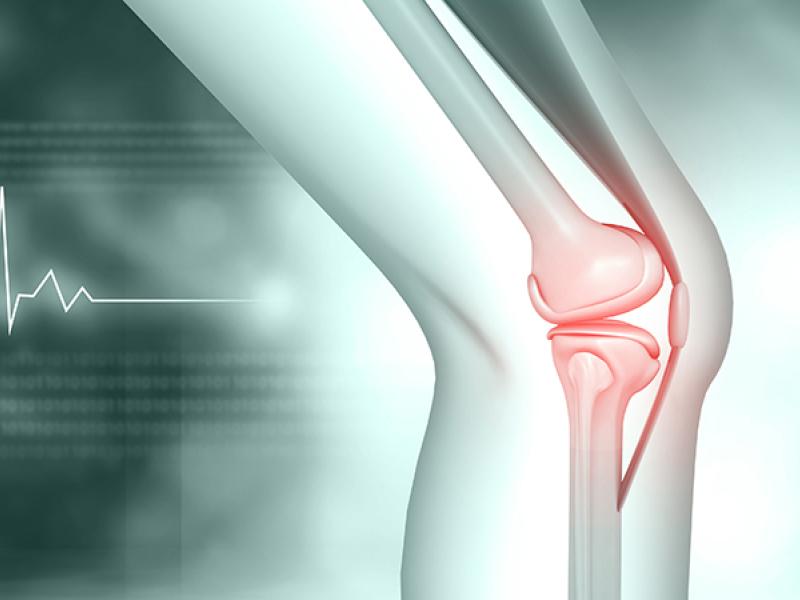Introduction
In the United States, organs for human transplant are obtained by voluntary donation. An individual donor may designate a particular recipient of their donated kidney or part of their liver, but organs such as hearts and lungs donated upon death are assigned to recipients by the United Network for Organ Sharing (UNOS), an organization established for this purpose in 1984.
UNOS employs their own multi-factor algorithms to distribute available organs to potential recipients on waiting lists. With not enough organs to go around, sometimes needy recipients die before they can obtain organs for transplant. Controversy surrounds the criteria used to distribute organs.
Organ Allocation in the United States
In 1984 the U.S. Congress passed legislation which established the Organ Procurement and Transplantation Network (OPTN). This network is administered by the private, nonprofit UNOS organization. UNOS coordinates organ donation and allocation throughout the U.S., but the system for procurement and distribution actually involves multiple entities, including local procurement organizations and transplant centers. Organs are removed from donors at hospitals, and major hospitals and medical centers serve as transplant centers to carry out the transplants. Carriers using ambulances, planes, and helicopters transport the organs from the donor sites to the transplant centers. A central computer network displays available organs, potential recipients, and keeps track of what organs are going to which recipients.
The computer algorithms used to determine allocation – that is, the formulas deciding which recipients should get first crack at particular available organs – have been tweaked over the years and UNOS still often adjusts them. The algorithms, specific to particular types of organs, typically consider such factors as the blood type of the donor and potential recipient, urgency of transplant for the recipient, the size of the organ (children vs. adult), how long the recipient has been waiting, and the geographic location of the organ and the possible recipients.
Potential recipients enter the system after being evaluated by a medical team and each transplant center maintains an ordered “waitlist” of potential recipients at the center for each type of organ.
Local procurement organizations and transplant centers are all connected by a computer network. When a local procurement organization learns of an available donor organ, the system produces a list of potential recipients at various transplant centers. Transplant centers are then contacted in order of the ranking of the potential recipients on the list. When contacted, the transplant center has one hour to accept or reject the offered donor organ for their potential recipient. If that recipient is unsuited or unavailable, the system will go on to the next one on the list.
Generally the algorithms will favor local high-priority candidates first, then more distant regional high-priority candidates, then low-priority local candidates, and so on. This policy of “local primacy” takes into account that organs will deteriorate the longer the distance they have to travel, but there may also be some sentiment that local potential recipients deserve first crack at a local organ. For most organs the donor cannot restrict donation to any particular recipient, or specify the recipient must be from a particular race, religion, sex, etc. Also, despite suspicions among the general public, the official policy is that social status does not matter, only medical criteria are considered, and movie stars have to wait in line like everyone else.
Controversy about the Allocation
Because there are not enough donor organs, and available donor organs are not always near the neediest recipients, not everyone who needs an organ gets one and many potential recipients die waiting for an available organ. Despite frequent adjustment of the algorithms by UNOS, critics charge that the way in which organs are distributed is unfair and inefficient. Below is discussion of controversies about some of the criteria used for recipient selection.
- Blood and tissue type: Blood type varies among people. Tissue type (which depends on the combination of antigens on cell surfaces) also varies. The closer the blood type and tissue type between donor and recipient, the less the possibility of rejection of the donor organ by the recipient. Blood type and tissue type are considered high-priority criteria and most ethicists accept their importance. However it could be argued that using these criteria amounts to “genetic discrimination.” If an available organ is geographically near a possible recipient, but the organ’s blood type and tissue type do not match well with a that of the recipient, that recipient is just unlucky through no fault of the his or her own. Since the blood type and tissue type of the possible recipient depend on his or her parents, so the argument goes, the recipient is a victim of discrimination based on his or her genetics.
- To appease such a criticism the UNOS system would have to allow poor match transplants to go forward and hope for the best with massive amounts of anti-rejection drugs. Few healthcare personnel would agree with allowing such matches; it would seem to them a medically irrational approach.
- Medical urgency: Someone whose own organ is closer to failing or who is at greater risk of dying without a transplant has greater need or medical urgency. Medical urgency is commonly taken into account in ranking potential recipients. For instance, candidates for liver transplants are scored and ranked using the MELD system (model for end-stage liver disease). Results of lab tests are used to determine a score from “less ill” to “gravely ill,” patients are reassessed often, and the higher MELD scores put you higher up on the list. Similar assessments work for other organs.
- One problem that could be raised with this criterion is that the assessments are not entirely objective and could be biased. Some aspects of the score depend on subjective medical evaluations and this will vary by physician. Furthermore, the physician doing the assessment is likely involved in treating the potential recipient as a patient, and conscious or unconscious bias can enter into the physician’s evaluation of urgency that would favor their patient and get them higher on the list.
- Another possible criticism is that ranking by medical urgency puts the more seriously ill patients higher on the list, but because they are so ill they are less like to survive a transplant than less seriously ill patients. Or they may survive the transplant but then succumb to something else. A better overall outcome for use of the limited number of organs would result from not giving this criterion much weight or even changing the system so that healthier patients, with less medical urgency, are ranked higher.
- A possible reply to this criticism would be that in the absence of certain knowledge of transplant success, to do otherwise than give the sickest patients highest priority would be to discriminate against them. It would be unjust to ration in this way unless a possible recipient offered no possibility of successful transplantation.
- Length of wait: Most people think fairness requires that among those with similar medical urgency, those who got on the list first should have higher priority than those who came later, and this is a criterion considered by the algorithms. However, there are two possible problems with this criterion that seem to count against fairness. First of all, because each transplant center keeps their own list of individuals needing transplant for a particular type of organ, an individual can be evaluated and placed on waitlists from different transplant centers. This may be costly but a possible recipient able and willing to bear the expense could do it. It could result in that recipient getting a transplant over another person who has been waiting longer because the person on multiple lists qualifies on their “other” wait list. Secondly, different regions of the country sometimes have different “wait times” for particular organs. Because local recipients usually get first crack at locally-donated organs, there can arise a situation in which a potential recipient has a chance at a transplant much sooner than someone in an adjacent region who has been waiting much longer but on a different list. Both the multiple list problem and the adjacent region problem could be taken as evidence of an unfair system.
- Local primacy: Transplant centers are located within the boundaries of local procurement organizations scattered throughout the country. These procurement organizations offer organs to local transplant centers first. This policy of “local primacy” occurs partly due to the fact that organs spoil quickly as they travel, and also because of some kind of “geographic favoritism” that local donors should help local needs first. This is similar to the controversial “rule of rescue” tendency in which a clearly seen and immediate need receives help over the claims of a more vague or distant need. One could argue that geographic favoritism is unfair.
- Age, Expected benefit: While age is not usually a criterion per se, one could argue that it makes more sense to give an organ to a twenty-year old with many years of life left than to an eighty-year old who will probably die soon even with the transplant. That is just a fact of life. In terms of life years gained, there would likely be more benefit if the organ were given to the young recipient.
- Even more extreme would be the claim that “expected benefit,” taking into other factors as well as age, should be an explicit criterion for transplant priorities. The greatest benefit would come from saving a healthy young candidate with a great likelihood of survival and more enjoyable years left. This can be expressed in the concept of “quality-adjusted life-years, which considers both years of life left and the quality of those years. Saving a young healthy candidate would gain more quality-adjusted life-years than saving an older candidate, so on this view the transplant should go to the younger candidate.
- Those who disagree would argue it would be fairer to place more emphasis on medical urgency or length of wait because quality of life considerations introduce a highly subjective measure into the process. Who is to say the eighty-year old might not have much greater quality to their remaining years than would the younger recipient.
- Culpability and worth: The potential recipient may be partially to blame for their predicament, for example, through substance abuse – lifestyle choices of excess drinking, of smoking, or of illegal drug addiction. Furthermore, one potential recipient may contribute more to society than another, either before or after the transplant. Currently neither of these factors are considered in allocating organs, but one might argue that they should be. One could argue that people somewhat responsible for their need for an organ should be lower on the list than others not so responsible, or that someone worth more to society should be higher than someone not worth as much.
- Sometimes the transplant team will choose not to transplant an organ into a patient whose organs were damaged by heavy smoking or drinking, not because the person is responsible for their own plight, but because there is indication that the person will be repeating the same damaging behaviors that will likely make the new organ fail too.
- Though on a gut-level using worth as a criterion may make sense to some people and offend others, such a suggestion might be difficult to implement. Some objective hierarchy of value would have to be worked out by which to judge a person’s worth, whether past or future, and the future is uncertain.
- Citizenship: Some people believe U.S. citizenship should be a criterion for transplant within the U.S; they dislike the thought of organs from U.S. donors going to unregistered residents. It has been pointed out in reply that noncitizens have been donors too, and many such persons pay U.S. and state taxes, so perhaps non-citizens give more than they get. And in other healthcare services we do not refuse medical care to unregistered residents.
- Ability to pay: Organ transplants can be very expensive, running into the hundreds of thousands of dollars. Currently it is illegal in the U.S. to buy (or sell) organs, but the ability to pay is a de facto criterion of obtaining a transplant because unless you or your insurance company can pay for a transplant, you will not receive it. But some advocate moving away from the voluntary donation scheme of organ acquisition to a market-based system where organs are bought and sold. Presumably in such a system ability to pay competitive prices for an organ would become a criterion of getting the transplant. Critics charge this might price many poor people out of transplants and would be unjust. It is also unclear how such a market would work. But supporters of the idea claim that many other things that affect quality of life (food, shelter, retirement funds, fitness club memberships) cost money and we do not balk at the fact that wealth plays a big part in our ability to obtain these items.
- Multiple and repeat organ transplants: Multiple organ transplants and retransplantation are two more areas of controversy. The argument for multiple organ transplants for the same person is that sometimes transplanting a heart and lungs increases the chances of success more than transplanting just the heart. Critics think that if two recipients could be located and saved, one needing the heart and the other needing the lungs, this would be a better use of scarce resources. Likewise controversial can be retransplantation – giving a person another shot at a heart transplant, for instance, after the first one failed. Sometimes it is thought that after a failed transplant the recipient will be lower if placed back on the list because weaker, or that if the first failed this shows the person was a poor candidate and at increased risk of having a second transplant fail. One could also argue that other people waiting for organs should get a first shot before the failed recipient gets another chance with a second organ transplant.





